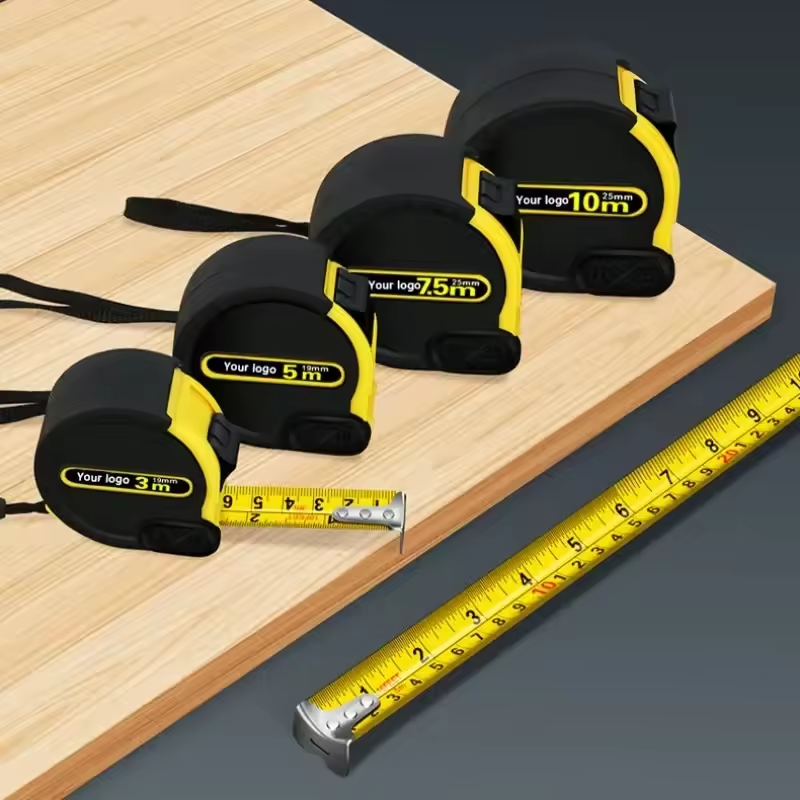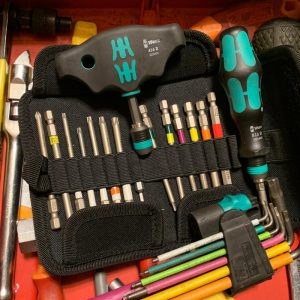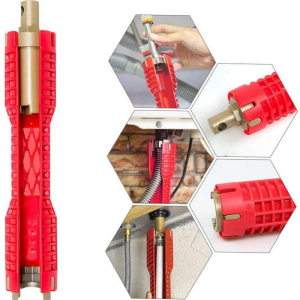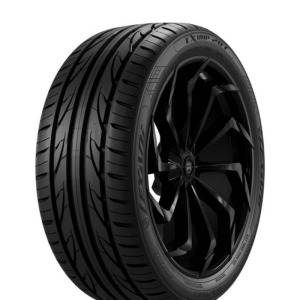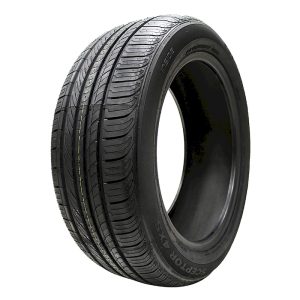
Motorcycle maintenance is crucial for safety and performance, and one of the most important aspects is tire care. Knowing how often do you change motorcycle tires can greatly influence your riding experience. In this guide, we’ll delve into the factors affecting tire lifespan, signs that indicate it’s time for a change, and tips for maximizing tire longevity. By the end, you’ll have a clear understanding of how to keep your tires in top condition.
Understanding Tire Lifespan
The Basics of Motorcycle Tire Lifespan
Motorcycle tires are designed to endure various conditions, but they don’t last forever. How often do you change motorcycle tires? Typically, tires should be replaced every 5,000 to 10,000 miles, but this can vary based on several factors. Understanding these factors will help you gauge when it’s time for a change.

Factors Influencing Tire Lifespan
- Riding Style: Aggressive riding with hard cornering and heavy braking can wear out tires faster. If you ride aggressively, expect to replace your tires more frequently.
- Road Conditions: Rough or poorly maintained roads can accelerate tire wear. Riding on smooth, well-maintained roads generally prolongs tire life.
- Tire Maintenance: Regular tire maintenance, including proper inflation and alignment, can extend tire lifespan. Check your tire pressure regularly and keep your motorcycle aligned.
- Tire Quality: Higher-quality tires generally last longer. Investing in reputable brands can pay off in terms of durability and performance.
Signs That It’s Time to Change Your Motorcycle Tires
Visual Inspection
- Tread Depth: The most obvious sign that your tires need changing is the tread depth. Use a tread depth gauge to measure. Replace tires when the tread depth is less than 2/32 of an inch.
- Cracks and Cuts: Inspect your tires for visible damage such as cracks or cuts. These can be signs of internal damage and may require immediate replacement.
- Uneven Wear: Check for uneven wear patterns. This can indicate alignment issues or imbalanced tires, which may necessitate a replacement.
Performance Issues
- Reduced Traction: If you notice reduced grip or increased slipping, it might be time for new tires. Proper tread depth is crucial for maintaining traction.
- Vibration: Excessive vibration while riding can signal tire issues. Check for uneven wear or internal damage if you experience unusual vibrations.

Tips for Extending Tire Life
Regular Maintenance
- Check Tire Pressure: Proper inflation is key to extending tire life. Under-inflated or over-inflated tires can wear out more quickly.
- Alignment and Balancing: Ensure your motorcycle is properly aligned and balanced. Misalignment can lead to uneven tire wear and reduce lifespan.
Safe Riding Practices
- Avoid Aggressive Riding: Smooth riding reduces the stress on your tires and helps them last longer. Avoid hard cornering and abrupt braking whenever possible.
- Regular Inspections: Regularly inspect your tires for any signs of wear or damage. Addressing minor issues early can prevent more significant problems later.
Choosing the Right Tires
Types of Motorcycle Tires
- Sport Tires: Designed for high performance and cornering. They offer excellent grip but may wear out faster.
- Touring Tires: Built for long-distance riding with durability in mind. They tend to last longer and provide a comfortable ride.
- Dual-Sport Tires: Suitable for both on-road and off-road riding. These tires offer versatility but might not last as long as specialized tires.
Selecting Quality Tires
- Research Brands: Look for well-reviewed brands known for their quality and durability. Reading user reviews and expert opinions can help you make an informed decision.
- Consider Your Riding Needs: Choose tires that match your riding style and conditions. If you ride primarily on highways, opt for touring tires. For off-road adventures, dual-sport tires are a better choice.

When to Replace Your Motorcycle Tires
Mileage vs. Age
- Mileage: As mentioned earlier, tires generally need replacement every 5,000 to 10,000 miles, depending on various factors.
- Age: Even if your tires haven’t reached the mileage limit, they may need replacement if they are more than 5 to 6 years old. Rubber degrades over time, affecting performance and safety.
Professional Inspection
- Regular Checkups: Have a professional mechanic inspect your tires regularly. They can provide an expert assessment of whether your tires need replacement.
- Advanced Diagnostics: Mechanics can use advanced tools to diagnose issues that might not be visible during a regular inspection.
Enhancing Tire Longevity
Proper Storage
- Avoid Sun Exposure: How often do you change motorcycle tires? When not in use, store your motorcycle in a shaded area or cover it to prevent UV damage, which can degrade tire rubber.
- Keep Tires Clean: Regularly clean your tires to remove debris and road grime. Use a mild soap and water solution to avoid harsh chemicals that could damage the rubber.
- Avoid Harsh Conditions: If possible, avoid storing your motorcycle in extremely hot or cold environments, as these conditions can affect tire durability.
Regular Rotations
- Understand Tire Rotation: For motorcycles, tire rotation is generally less common than for cars. However, rotating tires can help ensure even wear, especially if you use the motorcycle for various types of riding.
- Consult a Professional: Speak with a mechanic about whether tire rotation is suitable for your specific motorcycle model and riding habits.
Cost Considerations
Budgeting for Tire Replacement
- Factor in Quality: While it may be tempting to go for the cheapest option, investing in higher-quality tires can save you money in the long run due to their longer lifespan and better performance.
- Consider the Whole Package: When budgeting, remember to include the cost of installation, balancing, and alignment. These additional services are crucial for getting the most out of your new tires.
Comparing Prices
- Shop Around: Prices for motorcycle tires can vary widely. Compare prices from different retailers and check for promotions or discounts.
- Check for Bundles: Some shops offer discounts when you purchase a full set of tires. Look for bundle deals that can provide better value for your money.
Understanding Tire Wear Patterns
- Center Wear: If the center of your tire is worn more than the edges, it could indicate over-inflation or high-speed riding. Adjust your tire pressure and riding habits accordingly.
- Edge Wear: Excessive wear on the edges of your tires usually results from under-inflation or aggressive cornering. Regularly check and adjust tire pressure and practice smoother cornering techniques.
- Cup Wear: This pattern, where the tire surface feels uneven, may suggest poor suspension alignment. Have your motorcycle’s suspension checked and adjusted as needed.

Dealing with Tire Defects
- Bulges and Blisters: These defects can indicate internal damage and usually mean the tire needs to be replaced immediately. Do not attempt to ride on a tire with visible bulges or blisters.
- Sidewall Damage: Sidewall damage can significantly weaken the tire. If you notice any cuts, gouges, or punctures in the sidewall, it’s safest to replace the tire.
Using Tire Sealants
- Pros and Cons: Tire sealants can offer temporary relief from small punctures. However, they should not replace regular tire maintenance and timely replacement. Be cautious, as sealants can sometimes cause balance issues.
- Proper Application: If you choose to use a tire sealant, follow the manufacturer’s instructions for application and be aware of potential limitations in terms of tire performance and safety.
Tire Maintenance: A Rider’s Responsibility
Proper tire maintenance is not just a recommendation; it’s a crucial aspect of motorcycle safety. How often do you change motorcycle tires? Tires are the only point of contact between your bike and the road, and their condition directly affects your control, braking, and overall riding experience.
How Often Should You Replace Your Motorcycle Tires?
How often do you change motorcycle tires? The frequency of tire replacement depends on several factors, including:
- Mileage: Tires have a finite lifespan. As you ride, the tread wears down, reducing traction and grip. Consult your motorcycle’s owner’s manual or the tire manufacturer’s guidelines for specific mileage recommendations.
- Tire Condition: Regular inspections are essential to assess tire wear, damage, and signs of aging. Look for uneven wear patterns, cuts, punctures, or excessive tread wear. If you notice any of these issues, it’s time to replace the tire.
- Riding Habits: Your riding style and conditions can significantly impact tire life. Aggressive riding, heavy loads, or riding on rough terrain can accelerate tire wear.

Tips for Tire Maintenance:
- Regular Inspections: Check your tires before every ride, paying attention to tread depth, pressure, and any signs of damage.
- Maintain Proper Tire Pressure: Underinflated tires can lead to premature wear and reduced handling, while overinflated tires can compromise traction and comfort. Refer to your motorcycle’s owner’s manual for the recommended tire pressure.
- Rotate Tires: If your motorcycle has multiple tires, rotating them periodically can help ensure even wear.
- Avoid Overloading: Carrying excessive weight can strain your tires and accelerate wear.
- Store Tires Properly: When not in use, store your tires in a cool, dry place away from direct sunlight and heat sources.
By following these guidelines and prioritizing tire maintenance, you can significantly improve your motorcycle’s safety, performance, and overall riding experience.
